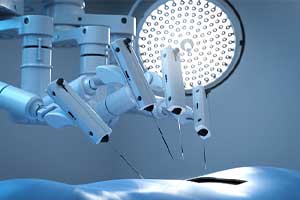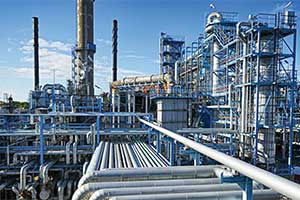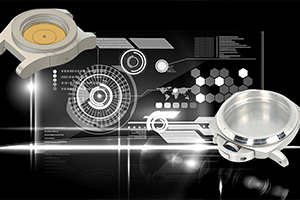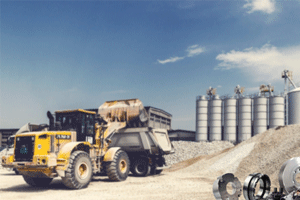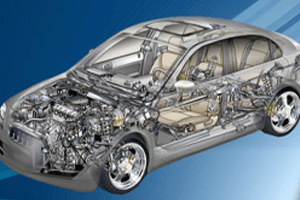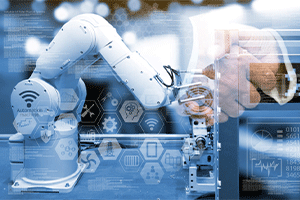Rapid prototyping
TOP offers a wide range of Rapid Manufacturing services that support our customers through each stage of the product introduction cycle: research and development, rapid prototyping, pre-production, testing, and market introduction.

What is Prototype machining?
Rapid prototyping refers to the quick fabrication of products using CAD during the design phase. It can be used throughout the design process, from concept creation to final testing. Effective rapid prototyping helps engineers avoid potential pitfalls early on, improves a product’s overall quality, and accelerates speed-to-market.
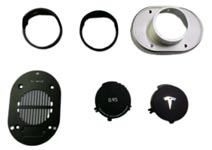
Rapid products and parts delivered fast. Rapid tooling that delivers more parts than you are used to. First class prototypes that look like production parts.
Fully functional parts that act like productionparts.Flexible project solutions that fit your specific project requirements. Our MOQ starts at 1 piecefor
prototypes.
Rapid prototype plastic parts
Low volume prototype ,Working with us, our team will assist you throughout the development process, from prototyping to end-use.
Functional parts that act like production parts, flexible project solutions that fit your specifit project requirements, our MOQ start at 1 piece for prototypes
Example of prototye parts for metal and plastic
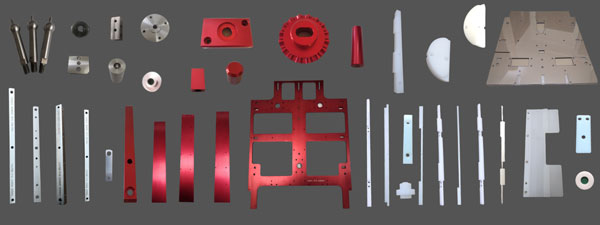
Products description for prototyping | |
Application | Heavy industrial machinery, automation equipment, vehicles, package machines, food processing machines, agricultural machines, electronic machines, etc |
Process | CNC turning, milling, drilling, auto lathe, tapping, bushing, surface treatment |
Material available | Aluminum,Brass,Copper,Bronze. |
Stainless steel,Steel,Galvanized sheet. | |
Plastic(ABS,POM,PC,PMMA,Nylon,PEEK,PTFE, etc.) | |
Dimension | Customized |
Surface treatment | Sandblasting/Anodized/Polishing/Brushing/Plating/Oxidizing/Powder Coating etc. |
Tolerance | 0.01~0.005mm, depenons on drawing |
Equipment | 3-axis,4-axis, 5-axis, CNC machining center, CNC lathe, milling machine ,grinding machine, wire-cutting machine, laser cutting machine, CNC shearing machine, CNC bending machine, tapping machine ,stamping machine |
Test equipment | Measurement instrument, projector, CMM, Altimeter, Micrometer, Thread Gages, Calipers, Pin guage,etc. |
Inspection | (1) Analyzing the raw material before the production |
(2)Inspecting components during the production | |
(3)100% QC quality inspection before delivery, inspection report is available | |
Advantages | (1) 24 hours online service & quickly quote |
(2) Sample could deliveried in 7 days | |
(3) Competitive price, 20% lower than EU market. | |
(4) 10+ years of experience in the CNC machining area and have a senior design team to offer perfect modification suggestions. | |
File Format | Pro/Engineer, AutoCAD(DXF, DWG), TIF, UG, Mastercam, Caxa, Pullmill, 2D(PDF, DWG, DXF, CAD); 3D((IGS, X-T, STEP, STP) |
Tips for moving your products from prototype to production
Prototypes machining help you to test your design’s look and feel as well as its performance. There are several things you need to get right to ensure the transition in a smooth one.
1. Choose the Right Manufacturing Process
Although great for some types of prototypes, metal 3D printing is not suited for production in many cases. it is too slow and expensive for larger volumes unless you require complex geometries and light weight parts. Most metal prototypes are made by CNC machining and this is a good way to scale up volumes over time as demand increases.
For high-volume manufacturing, consider pressure die casting. This is the fastest and most economical way to make large batches of identical metal parts. Be aware you will need to invest in a production tool. But this cost can be recouped over a large production order.
Plastic Products,If the prototype was made from plastic it was likely made via 3D printing, CNC machining or polyurethane vacuum casting. For larger volumes in plastic the ideal solution is plastic injection molding.
Assortment of parts for Gate smart lock, parts for the Gate smart lock were made from a variety of processes.
Injection molding, like pressure die casting, requires close adherence to design rules,these include the use of ribs and bosses, minimal wall thickness dimensions, draft angles, the positions of gates, runners, ejector pins and many other considerations.
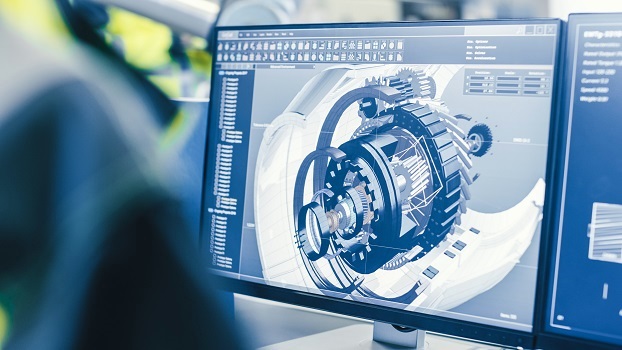
2. Prepare a Bill of Materials
When it’s time to go to production, every nut, bolt and screw, rubber button or metal clip, even the amount of paint or glue – all must be accounted for as a separate cost. More line items mean a more complex supply chain, so it pays to keep the design as simple as possible. A detailed BOM can help you to assess how much labor is involved in the assembly process.
3. Choose The Right Material
Sometimes a prototype is made from an expensive or exotic material. This is done to make it a show piece or to help with a marketing or funding campaign. But exotic materials are not a good choice for high volume manufacturing.
Instead, consider substituting more common raw materials. They will be less expensive and easier and faster to procure. Most importantly, manufacturers have more experience working with stock materials so that will make it easier to control process parameters for more reliable results.
4. Choose the Right Surface Finish
A prototype that was carefully sanded, polished and hand-painted with a custom color no doubt looks great. But is that practical on a large scale? Elaborate surface finishes tend to require a lot of attention to detail and careful hand work, something that isn’t always possible for high-volume production.
If you need specialized finishing processes, we recommend finding ways to automate or sticking to one or two finishes rather than multiple finishes. For aluminum parts, anodizing is an attractive and very durable surface treatment and parts can be processed in batches .
5. Plan for Certification and Testing
Production parts for commercial sale need to be certified under a variety of safety and regulatory schemes. These will depend on many factors including the environment the product is used in.You should be prepared to send finished products to different organizations for certifications, and calculate for the time and expense of this necessary step.
Taking the Next Step
When you’re ready to launch your prototype as a commercial product, we’re ready with a suite of manufacturing services in-house to help you scale from prototype to production.



